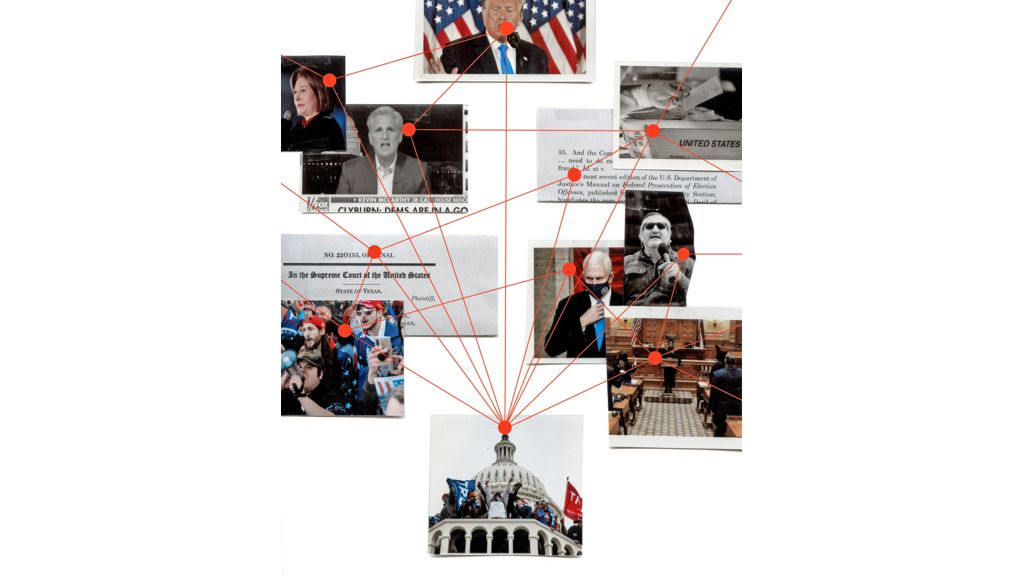

After a delay of a week or 10 days, if they found sufficient fraud to affect the result, they could then send Trump electors back to Congress in place of the previous Biden ones. “My advice to the vice-president was to allow the states formally to assess the impact of what they had determined were clear illegalities in the conduct of the election,” Eastman said.

His favorite was that the vice-president could adjourn the joint session of Congress on 6 January and send the electoral college votes back to states that Trump claimed he had lost unfairly so their legislatures could have another go at rooting out the fraud and illegality the president had been railing about since election day. Instead, Eastman pointed to one of the scenarios in the longer six-page memo that he had prepared – “war-gaming” alternatives. “The advice I gave the vice-president very explicitly was that I did not think he had the authority simply to declare which electors to count” or to “simply declare Trump re-elected”.Įastman continued: “The vice-president turned to me directly and said, ‘Do you think I have such powers?’ I said, ‘I think it’s the weaker argument.’” “This guy’s a really respected constitutional lawyer,” the president said, according to the book I Alone Can Fix It.Įastman, a member of the influential rightwing Federalist Society, told the Guardian that he made clear to both men that the account he had laid out in the short memo was not his preferred option. Inside the Oval Office, with the countdown on to 6 January, Trump urged Pence to listen closely to Eastman. I will have a fuller memo to you in a week outlining all of the various scenarios.’” But I said: ‘This is not my recommendation. “They said can you focus first on the theory of what happens if there are not enough electoral votes certified. In an interview with the Guardian, Eastman explained that he had been asked to prepare the memo by one of Trump’s “legal shop”. John Eastman speaks at the Trump rally on 6 January. They form the basis of what critics argue was nothing less than an attempted electoral coup. The theory was that Pence, acting as the “ultimate arbiter” of the process, would then send the matter to the House of Representatives which, following an arcane rule that says that where no candidate has reached the necessary majority each state will have one vote, also decides to turn the world upside down and hand the election to the losing candidate, Donald Trump.Įastman’s by now notorious memo, and the surreal encounter in the Oval Office, are among the central twists in the unfolding story of Trump’s audacious bid to hang on to power. The Eastman memo, first revealed by Bob Woodward and Robert Costa in their book Peril, goes on to predict “howls” of protest from Democrats. The then US president was “fired up” to make what amounted to a last-ditch effort to overturn the election results and snatch a second term in office in the most powerful job on Earth.Įastman, who had a decades-long reputation as a prominent conservative law professor, had already prepared a two-page memo in which he had outlined an incendiary scenario under which Pence, presiding over the joint session of Congress that was to be convened on 6 January, effectively overrides the votes of millions of Americans in seven states that Biden had won, then “gavels President Trump as re-elected”.


 0 kommentar(er)
0 kommentar(er)
